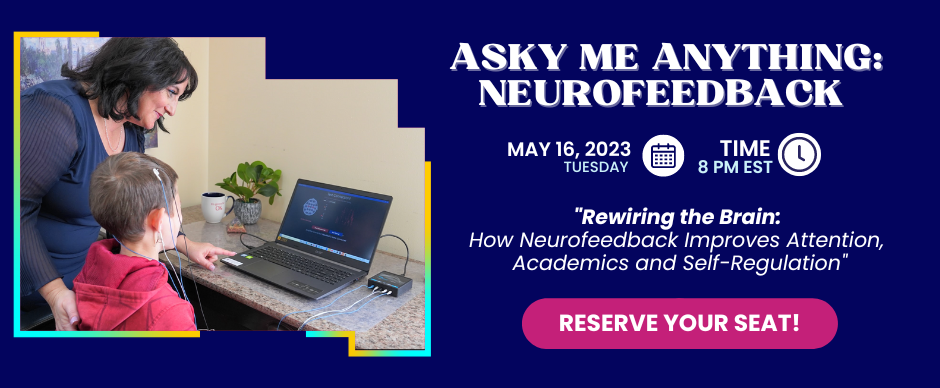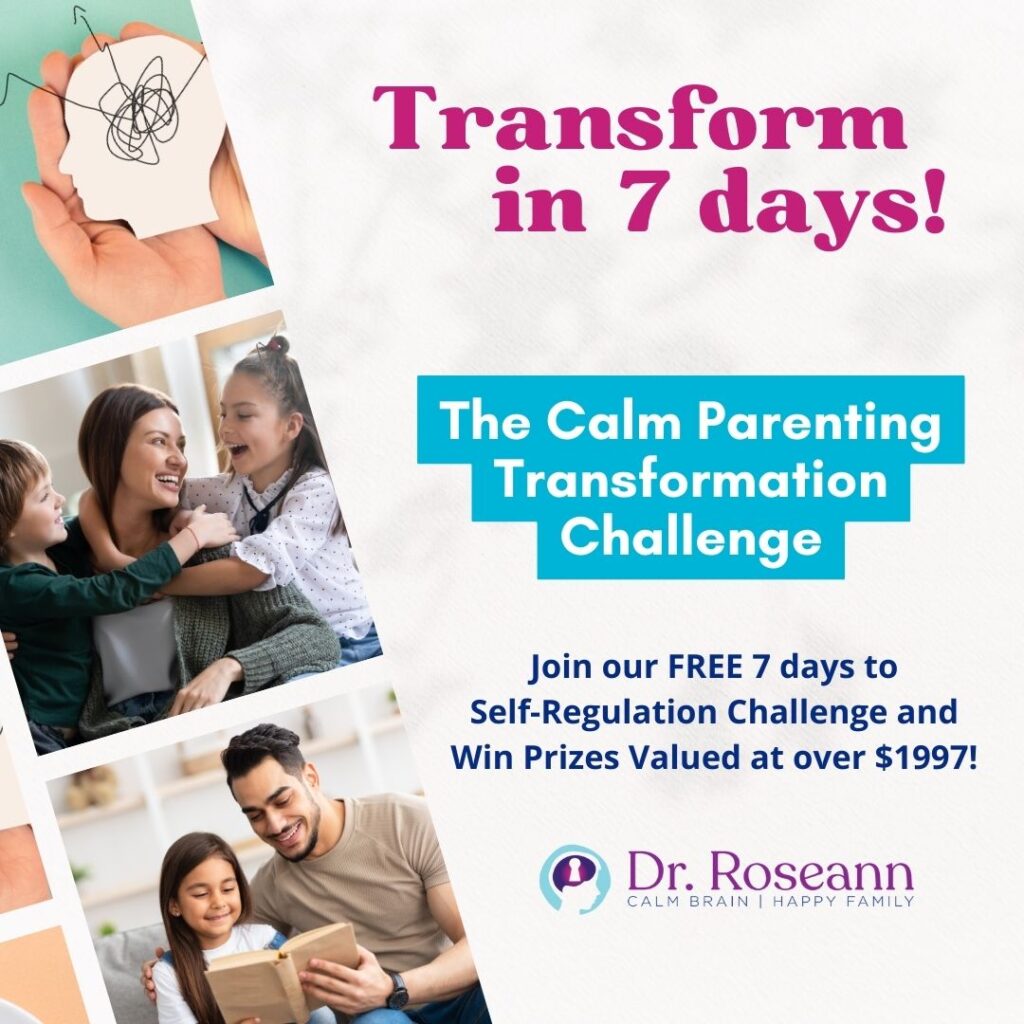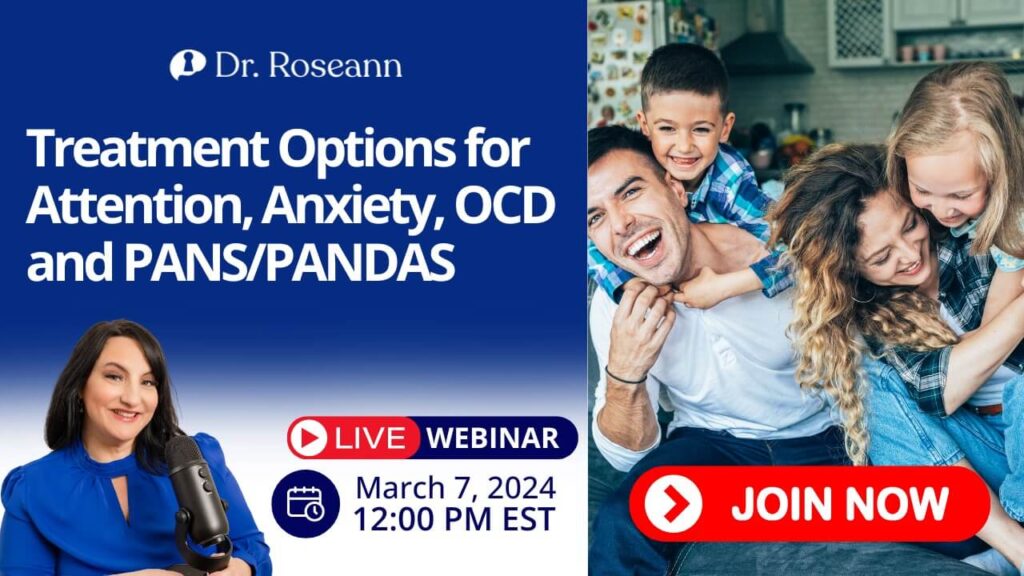
More often than not, when kids are struggling with their mental health and parents help them deal with it, they think that medication is the best and the most appropriate remedy. And so, they opt for medication for their kids even without trying other treatments first.
You may think that medication is the only solution to change and alter the brain. However, in reality, there are many other options available for us without risking any of its adverse side effects.
A powerful and innovative game changer in the field of mental health that we should look into is neurofeedback. We’ll delve deeper into how neurofeedback therapy is a better and safer option than medication and how it changes the way the brain functions and even alters the brain structure.
How Neurofeedback Changes the Brain
Whether we want to admit it or not, there are a lot of stressors that we experience from time to time, whether internal or external. And, of course, our kids are not immune to these. Considering that they are vulnerable, they don’t know how to cope with these stressors.
Neurofeedback does a wonderful job safely and effectively pulling you out of a sympathetic dominant state or stressed state and helping you to get to a parasympathetic calm state or what we refer to as the “hot tub state.”
What really happens during a neurofeedback session is that it increases neurotransmitter activity in the brain, not just in the region being trained but in other areas of the brain as well. Grey matter in the frontal lobe is also increased during the treatment.
Neurofeedback treatment is not just limited to clinical mental health issues or conditions but can also be used for daily tasks. It may be as simple as remembering to pick up your book bag because you’re not in an anxious state. Or perhaps, getting along with your brothers and sisters, as well as showing up to school or work with a happy face.
Why does one go into a fight, flight, or freeze mode?
The extreme version of a sympathetic dominant state is when you’re in a fight, flight, or freeze mode. However, we associate these three states only with people who have experienced trauma. That shouldn’t be the case.
Stressors push us into fight, flight, or freeze, which causes our brains to be alert. Notice how someone gets into a fight, flight, or freeze state when they go through a stressful situation, such as a shooting incident, or when they’re suffering the effects of the pandemic, death, loss, bullying, or even just experiencing everyday difficulties.
These stressors badly affect kids with attention deficit hyperactivity disorder (ADHD), dyslexia, anxiety, and other mental health conditions. And so, doing daily tasks becomes challenging because they’re not in an attentive state.
When they’re in a sympathetic dominant state, the brain wonders what’s going on or where the war is, and that's why one goes into fight, flight, or freeze. It turns on the frontal lobe and figures out how it should protect itself.
Everyday stressors can really affect our kids and cause them to struggle. They can’t function properly because of fight, flight, or freeze. Thus, everyday functions fall to the waste side.
No learning is possible when the brain is stress-activated.
We have to spend a lot of time calming our nervous system because without a calm brain, not much learning is possible. Alternatively, when the brain is calm, it is able to learn more.
Executive functioning is a mental health process that allows us to plan and prepare for future events. It helps us focus our attention and multitask. But this can be affected by many things or conditions like ADHD, autism, anxiety, depression, and more.
As a result, your kid’s thinking skills are not going to work properly if they’re struggling with their mental health. The same is the case when your kid is in such a stressed state since the frontal lobe goes offline when stress-activated.
Parents should learn how to teach their kids.
It is important that parents learn how to teach their kids. Undeniably, shame and fear are pretty much the drivers for most behaviors in our kids as well as in adults.
But we have to keep in mind that there’s not a bad kid in the world. There really isn’t. However, there are kids who are struggling deep inside and who feel ashamed that they’re not doing well.
So what we have to do is to be understanding and change how we teach them because our way of teaching and our language affect how they learn and how they behave.
We shouldn’t put them in a stressed state, but rather, we should maintain calming their brain. When we calm the brain down, we allow the brain to learn. And so all the things you’re teaching your kids are able to be absorbed because the brain can take in information.
The brain, once it learns its new healthy rhythm, discontinues an unhealthy path.
In the clinic, patients rarely come back unless they have had a major stressor that triggered them or if there are situational stressors that happened. Sometimes, it’s because of bullying, grief, change, head injury, and recently, because of COVID-19.
The reason for this is that the brain, once it learns its new healthy rhythm, discontinues an unhealthy path for as far out as 10 years. The brain sustains the changes in the long run.
We’ve observed that as the brain learns a new healthy rhythm, people respond very well to the treatment, whether they’re doing it once or thrice a week. However, we have to couple this with healthy lifestyle changes that we must maintain consistently.
What we must do to change how our brain works and improve its functions is to calm the brain and learn new skills. Remember that neurofeedback is a powerful and effective option. It gets the brain ready and prime for learning.
Neurofeedback makes therapy, teaching, and learning more effective. More importantly, parenting becomes easier through the help of neurofeedback.
Stay tuned for other episodes where we’ll discuss more topics to make parenting easier!
No matter where you are in your journey, we have resources to help you:
No matter where you are in your journey, we have resources to help you:
Is It ADHD Or Something Else?
If your child is struggling in ways that make you wonder if they have ADHD, I've developed a quiz to tell you if your child has ADHD, or if it's something else that should be on your radar. It's FREE to take the quiz, and you can get your results immediately.
➡️ “Is it ADHD or something else?” Take the quiz.
➡️ Join our FREE Natural Parenting Community to receive science-backed resources for your child and family. Join here.
➡️ Get help from Dr. Roseann and her team. Apply here.








